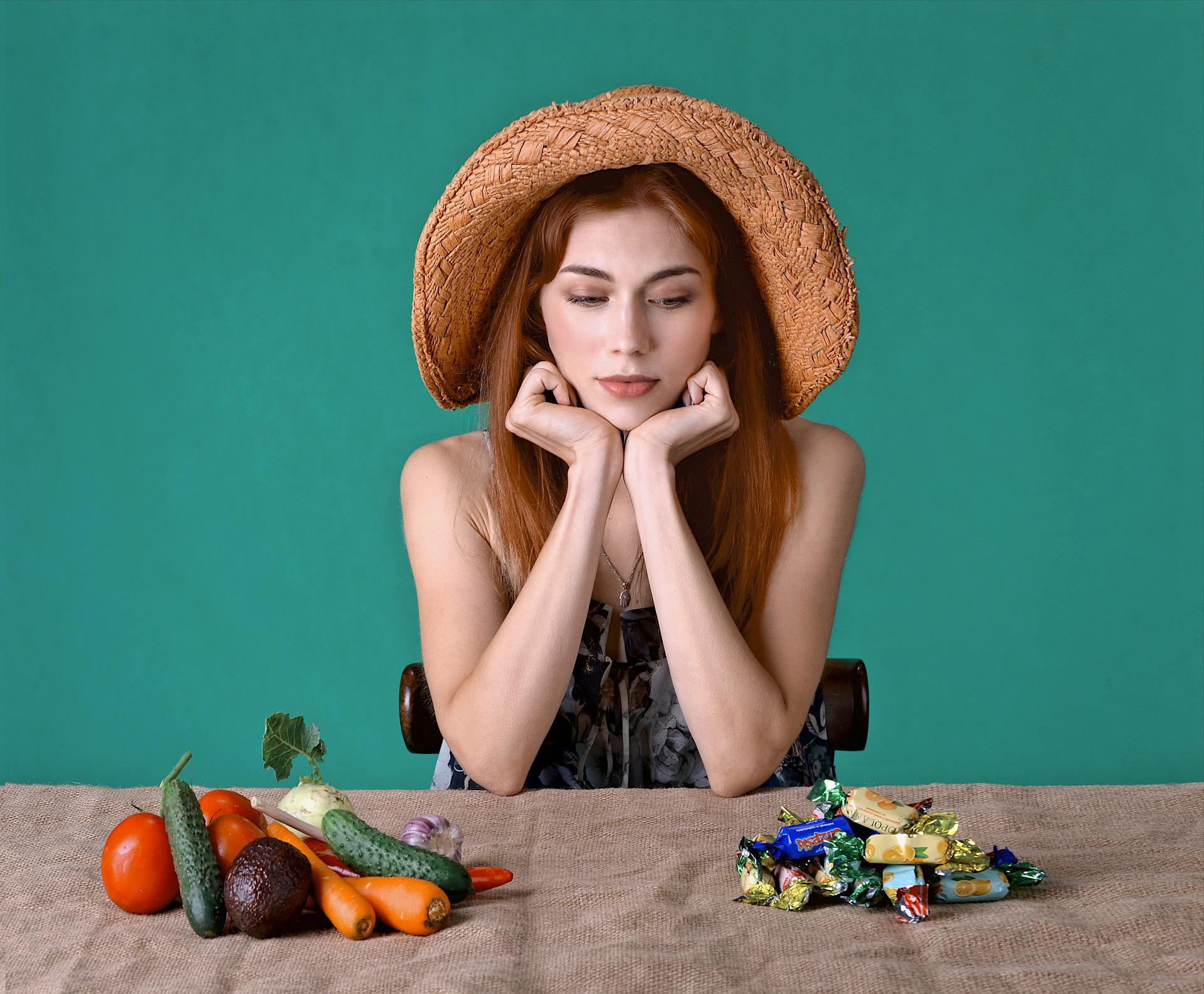
Stress Reduction, Holistic Wellness
A new client came to me last week venting her frustration with herself:
“I was on sales calls going from office to office. I stopped at Whole Foods to get some macaroons, and I wolfed them down in my car. I wasn’t even hungry. What’s wrong with me?”
I assured her there was nothing wrong with her. Then, we discussed dopamine.
Dopamine is a reward chemical in your body. Keeping it simple, when you have relatively more dopamine, you feel better, and when you have relatively less dopamine, you feel worse. Your dopamine level increases when you proactively meet your needs. For example, you’ll have higher levels of dopamine after eating, bonding/connecting with others, and spending time with nature. Your dopamine level decreases when you go too long without meeting your needs. Throughout your days, your dopamine level fluctuates accordingly. This isn’t a bug. It’s a feature that evolved to keep you on track with meeting your needs.
As my client continued venting, she started solving her own problem, and I learned more about how I could help her understand and work through it:
“It would be one thing if I stopped at a lovely cafe and sat with a friend and enjoyed a pastry over terrific conversation. But that’s not what I was doing. I hardly enjoyed the macaroons. They were just a way of getting some sugar. I was just getting my fix. Am I a junkie? What’s wrong with me?”
I again assured her there was nothing wrong with her. Then, we discussed sugar-delivery devices.
When you’re not hungry and you’re not deliberately having dessert, having some macaroons and the like is simply a way of getting some sugar as a way of getting some dopamine.
It’s using a sugar-delivery device as a dopamine-uplifter.
In a way, doing so is adaptive because it’s a way of making yourself feel better, but it’s also maladaptive because eating sugar comes with negative consequences.
I explained to my client that when she’s craving sugar, she’s simply getting low in dopamine. And that she could avert sugar cravings by doing something else to boost her dopamine levels.
Something that boosts your dopamine level and harms you is a maladaptive dopamine-uplifter.
Something that boosts your dopamine level and helps you is an adaptive dopamine-uplifter.
Some of the best adaptive dopamine-uplifters are:
You can get a lot of bang for your buck by combining some of these adaptive dopamine-uplifters. For example, taking a walk in the woods with a friend is a potent way to boost your dopamine level. Another great example is chatting with your spouse while giving each other neck/hand/foot massages and listening to music you enjoy.
When you’re feeling down or off and thinking about something sugary, I invite you to pause, acknowledge your low-dopamine state, and ask yourself, “What do I really need right now?” Then, do your very best to meet that need.
Adaptive dopamine-uplifters can also be used to prevent sugar cravings. I had a client who used to crave sugar around 3:30 every single afternoon. She called it her “witching hour”. No matter how hard she tried to resist doing so, she found herself reaching for sugary snacks in the afternoon. She and I worked together to quickly solve this. She ran her own business and worked from home. She loved to move her body, loved nature, and loved her dogs. Every day at 2:30, she’d go into her backyard, which abutted a thick forest, and play fetch with her dogs for 10 minutes. Afternoon sugar cravings: gone.
As you proactively meet more of your needs more of the time, you’ll keep your dopamine levels up and your sugar cravings down.
As a way of keeping yourself on track, you can simply ask yourself:
How am I getting my dope(amine) today?
Author’s note: Throughout this article, I’ve referred to “sugar” instead of “added processed sugar” because it makes for smoother reading. However, added processed sugar is what I’m technically talking about. No one I know is complaining of cravings for bananas, kiwis, and raspberries—which are loaded with sugar. Sugar is a nutrient that naturally occurs in many real foods that are very nutritious.
Author’s Note: Serotonin, oxytocin, vasopressin, endorphins, and other reward chemicals are also involved in the phenomena discussed in this article.
About Jason Gootman
Jason Gootman is a Mayo Clinic Certified Wellness Coach and National Board Certified Health and Wellness Coach as well as a certified nutritionist and certified exercise physiologist. Jason helps people reverse and prevent type-2 diabetes, cardiovascular disease, and other ailments with evidence-based approaches to nutrition, exercise, stress reduction, holistic wellness, and, most importantly, lasting behavior improvement and positive habit formation. As part of this work, Jason often helps people lose weight and keep it off, in part by helping them overcome the common challenges of yo-yo dieting and emotional eating. Jason helps people go from knowing what to do and having good intentions to consistently taking great care of themselves in ways that help them add years to their lives and life to their years.
Subscribe today, and get wellness tips delivered straight to your inbox.